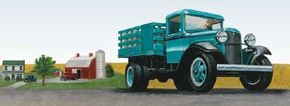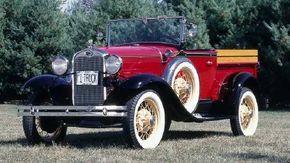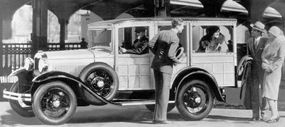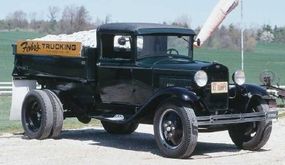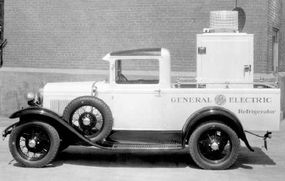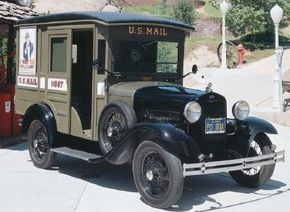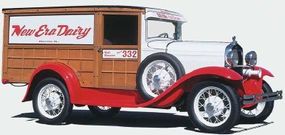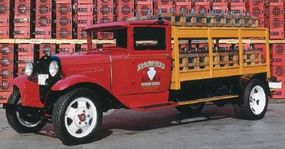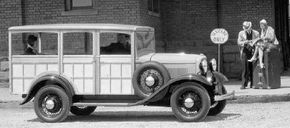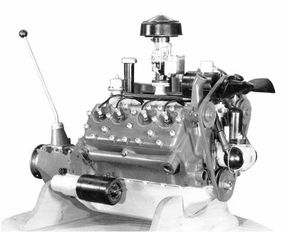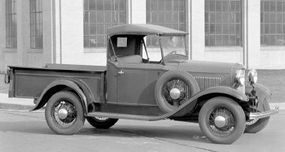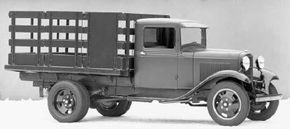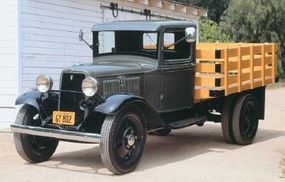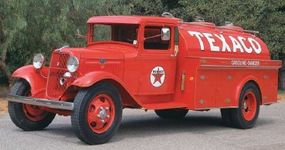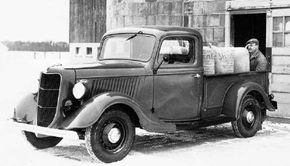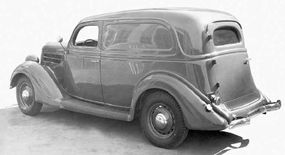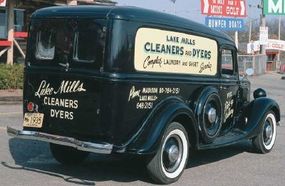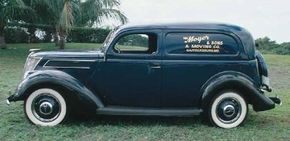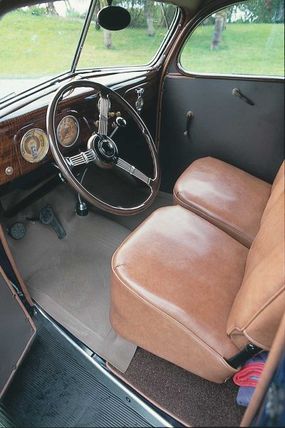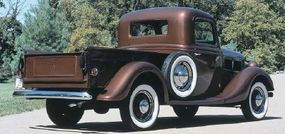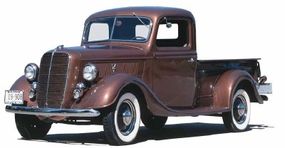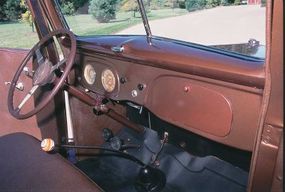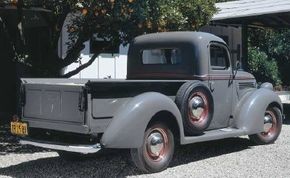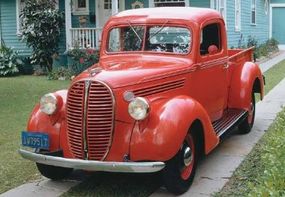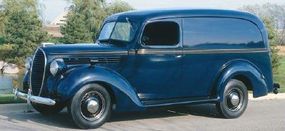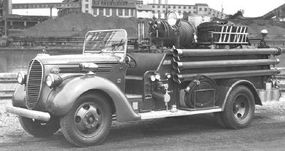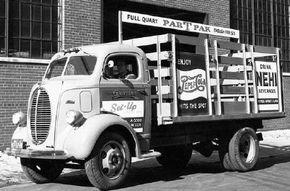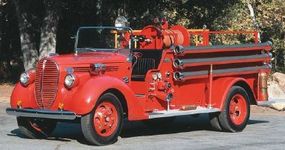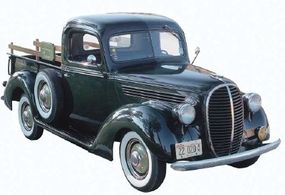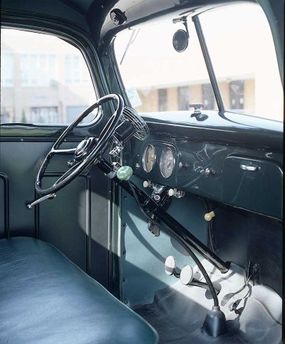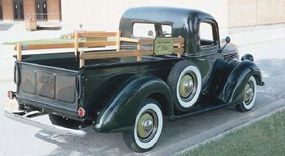The Ford Motor Company proved its ability to adapt during the difficult post-Depression years of the 1930s. The innovative Ford trucks and cars made during this time managed to remain fairly priced -- an act of flexibility that helped Ford survive the decade.
The Thirties dawned in a dismal state as the Great Depression took hold. People were out of work, standing in breadlines, and money to buy anything -- let alone new cars and trucks -- was scarce. Profits made during the Roaring Twenties seemed to disappear overnight, and many automakers didn't weather the financial storm.
Advertisement
Ford managed to survive, of course, partly due to its sheer size and depth of resources. But the company helped its own cause by not resting on its laurels, instead bringing out better-looking, better-performing vehicles offered in a greater variety of models. And steady price cuts didn't hurt, either.
Styling changes to the 1930 and 1931 Model A cars and Model AA trucks made them look fresh, and several special models were added to widen the make's appeal. But this turned out to be just a warm-up for what was soon to come.
During these years, chief rival Chevrolet offered a six-cylinder engine, which was considered a competitive advantage over the four-cylinder found in the Model A. So when Henry Ford began brainstorming a successor to the A, he decided to trump Chevrolet with a V-8 engine.
The Ford trucks of 1930 featured revised styling and sleek looks. Read about the Ford trucks that kicked off the decade in the next section.
Want more information about Ford trucks? Try these:
- Ford Trucks
- 2000-2007 Ford Trucks
- 1990-1999 Ford Trucks
- 1980-1989 Ford Trucks
- 1970-1979 Ford Trucks
- 1960-1969 Ford Trucks
- 1950-1959 Ford Trucks
- 1940-1949 Ford Trucks
- 1920-1929 Ford Trucks
- 1903-1919 Ford Trucks
- Consumer Guide Auto New Large Pickup Truck Prices and Reviews
- Consumer Guide Auto New Compact Pickup Truck Prices and Reviews
- Consumer Guide Auto Truck Buying Guides
- Consumer Guide Auto Used Compact Pickup Truck Prices and Reviews
- Consumer Guide Auto Used Large Pickup Truck Prices and Reviews
Advertisement
